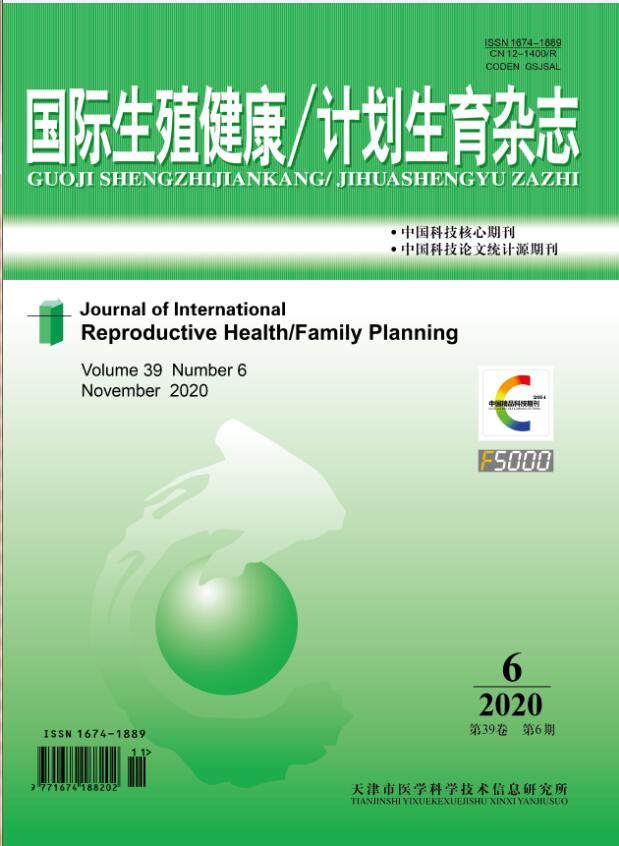|
|
Effects of Predeposit Autologous Blood Donation on the Pregnancy Outcome of Pregnant Women
LE Jiang-hua, TANG Gui-yan, HE Yan-fang, PENG Ling-xiang
2018, 37 (1):
45-48.
Objective:To evaluate the effects of predeposit autologous blood donation (PABD) on the pregnancy outcome of pregnant women. Methods: A total of 404 pregnant women in our department of obstetrics from January to December 2015, who were in accordance with the PABD indications, were included in this study. There were 203 pregnant women undergoing PABD (the research group, n=203), and 201 pregnant women not enrolling in PABD (the control group, n=201). The postpartum haemorrhage volume in 24 hours, neonatal birth weight, Apgar score, 24 hours postpartum hemoglobin (Hb), hematocrit (HCT), blood platelet count (PLT), prothrombin time (PT), activated partial thrombopastin time (APTT) and fibrinogen (FIB) were recorded and analyzed. The Hb、HCT、PLT、PT、APTT、FIB before PABD and 7 days after PABD in the research group were analyzed too. Results: There were no significant differences between the two groups in the maternal age, gestational age, the prenatal Hb, PLT, HCT, PT, APTT and FIB (all P>0.05). There were no significant differences between the two groups in the 24 hours postpartum haemorrhage volume, birth weight, 1 minute Apgar score, 5 minutes Apgar score, Hb, PLT, HCT, PT, APTT and FIB (all P>0.05). In the research group, the Hb, HCT, PLT, PT, APTT and FIB were not significantly changed after 7 days of PABD (all P>0.05). Conclusions: There was no adverse outcome after PABD in this study. PABD is a safe, economic and effective way for those pregnant women to get timely autologous blood when they are in need.
Related Articles |
Metrics
|

